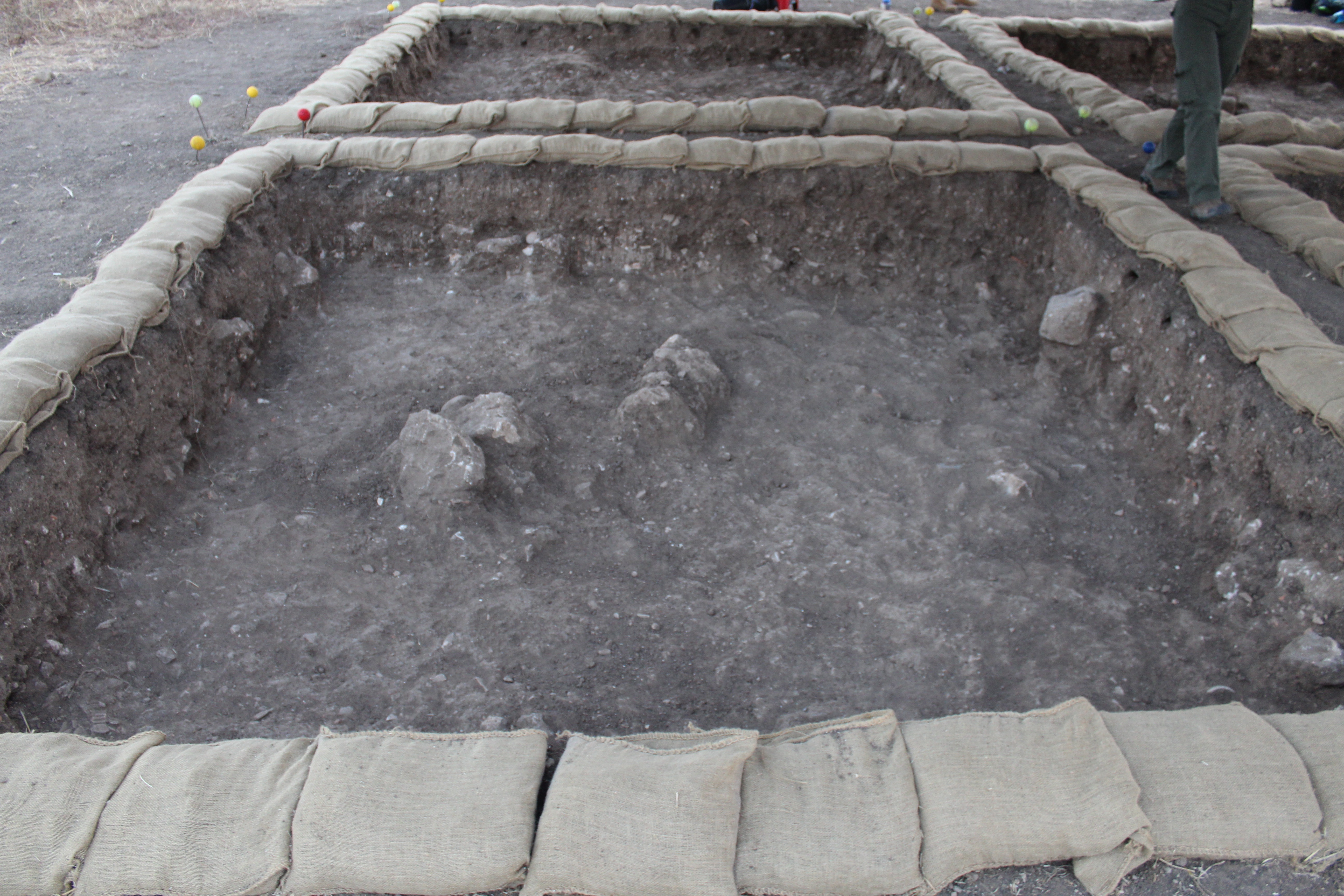Barren Beauty
by Abigail Zahoroiko.
The definition of insanity is doing the exact same thing over and over again, expecting a different outcome. That. Is. Crazy.
One of my earliest memories in school is writing out a “Who I Am” worksheet at the beginning of third grade and putting “archaeologist” for my future career. This has been a dream of mine since early grade school and it all started with dinosaur oatmeal. As a kid, I would make my oatmeal but make a little “nest” for the dinosaur eggs by “excavating” them from the packet. Every packet had fun facts about dinosaurs and I thought I could be a paleontologist when I grew up, but I always called it archaeology as a little kid. Not until one of my morning packets of dinosaur oatmeal had the fun fact that a person who studies dinosaurs was called a “paleontologist”, not an “archaeologist”. So little me had to find out what in the world archaeology was if it wasn’t digging up dinosaurs.
Before I even knew what archaeology was, I loved history and I loved the dirt. Little me would go into my yard and collect fossils from around my house and in my woods and keep them in a box. I constantly saved toads and frogs and worms to get them to a safe place while doing my own busy work. Another early memory is sitting on my couch at home watching National Geographic episodes one after another after another. I clearly remember a documentary about King Tut and a separate episode about castles in Ireland. Everything interested me and I couldn’t get enough.
Archaeology had then been a passion of mine for years before I even discovered anthropology when I was in middle school. The study of humans and everything about them just broadened my horizon and strengthened my love of the subject. I was set on anthropology from then on, yet always had a soft spot for archaeology.
In college, studying abroad was a must in my academic career and I found the Akko program during my first semester. I went to meetings and actually had the strength to apply for the program during my second summer semester. I was afraid to spend so much money and I was uncertain about whether I was choosing the right thing for me. But I decided to go for it. I never felt shocked that I was going on a place for the first time this summer, that I was leaving the country for the first time this summer, that I was going to be an archaeologist this summer. The plane ride came and went and I acclimatized to the new scenery without a problem. I didn’t experience jet lag as I just stayed up for the whole 10 and a half hour plane ride and went to bed at 11 pm, four hours after I arrived in Akko. And I didn’t experience this cultural shock. Nothing felt real. I was just in a different place and I got used to it rather quickly. There was no “this is so new”, “this isn’t right for me”, or even a “this is right for me”. I felt like I was just in a dream going with whatever flow was taking me.
So that’s how I ended up here in Akko and doing what I am passionate about for basically 24 hours a day. A perfect happy ending, right?
Yes, actually. I have become a part of Area Black, a newly opened area where I opened my very own square. Starting completely fresh and working to find something beneath the layers of dirt that have already been stripped away in other areas from seasons prior. Except, my square is nothing but dirt. NOTHING but dirt. Three separate squares surround mine, all riddled with amazing finds and even architecture but weeks into the dig and mine is over a meter deep into the ground with absolutely nothing to see. But every day I come back with positive energy and a simple love of what I am doing.
Beginning in week 3, I was moved to a different square in Area Black that has far more interesting material and every day I wish I was back in my home of NN-9. That’s how I know I’m on the right path. I have been doing the same thing over and over for weeks expecting something new, knowing my square is nothing but a disturbed pit of dirt, but that square is my home. My new placement is just an apartment I’m renting from a friend until I can get back on my feet again.
This profession is my home and Akko is now a part of it. Israel will forever be the place where I found exactly where I belong. I have since realized the realness of this experience and my heart breaks to return back home. I’m doing something that I never want to not be doing and soon my euphoria will shatter until I come back home again next year.
[/vc_row]

